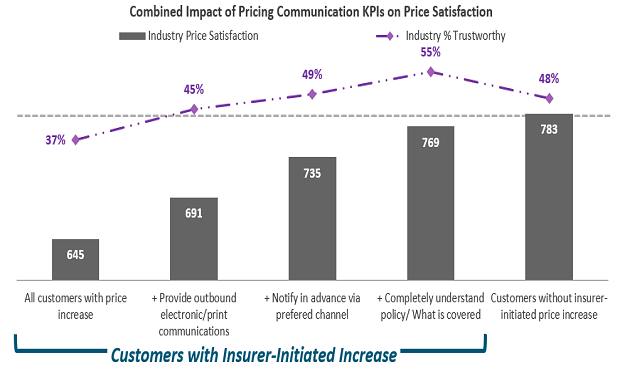 Customer experience has become the key differentiator that helps insurers retain current customers and attract good risk policyholders from the competition. (Illustration provided by J.D. Power)
Customer experience has become the key differentiator that helps insurers retain current customers and attract good risk policyholders from the competition. (Illustration provided by J.D. Power)
Customer experiences with auto insurance companies have changed more in the past decade than in the prior 80 years. The evolution of online quoting, the growing role of self-service tools, and increased overall access to information and company reviews have given customers more power and control in their decision-making processes than ever before.
Recommended For You
Want to continue reading?
Become a Free PropertyCasualty360 Digital Reader
Your access to unlimited PropertyCasualty360 content isn’t changing.
Once you are an ALM digital member, you’ll receive:
- Breaking insurance news and analysis, on-site and via our newsletters and custom alerts
- Weekly Insurance Speak podcast featuring exclusive interviews with industry leaders
- Educational webcasts, white papers, and ebooks from industry thought leaders
- Critical converage of the employee benefits and financial advisory markets on our other ALM sites, BenefitsPRO and ThinkAdvisor
Already have an account? Sign In Now
© Touchpoint Markets, All Rights Reserved. Request academic re-use from www.copyright.com. All other uses, submit a request to [email protected]. For more inforrmation visit Asset & Logo Licensing.







